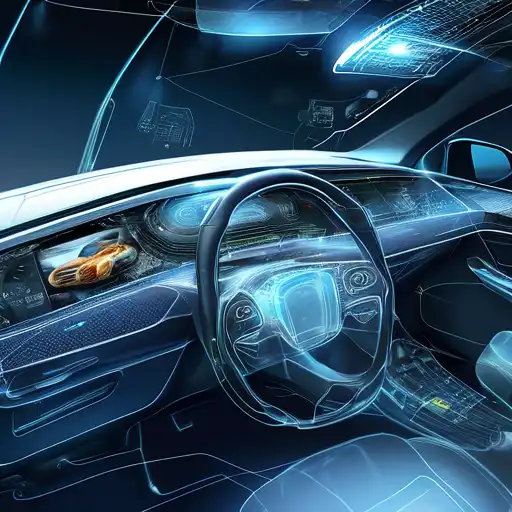Introduction to Embedded Systems in Automotive
Embedded systems have become the backbone of modern automotive technology, driving innovations that enhance safety, efficiency, and user experience. These systems are specialized computing systems that perform dedicated functions within larger mechanical or electrical systems. In the automotive sector, they are pivotal in controlling everything from engine management to advanced driver-assistance systems (ADAS).
The Role of Embedded Systems in Automotive Safety
Safety is a paramount concern in the automotive industry, and embedded systems play a critical role in ensuring it. Through real-time monitoring and control, these systems can prevent accidents by managing vehicle dynamics, such as anti-lock braking systems (ABS) and electronic stability control (ESC). Moreover, embedded systems are at the heart of ADAS features like adaptive cruise control, lane-keeping assist, and automatic emergency braking, which significantly reduce the risk of collisions.
Innovations Driven by Embedded Systems
The automotive industry is witnessing a wave of innovations thanks to embedded systems. Electric vehicles (EVs) rely on these systems for battery management and energy efficiency. Similarly, autonomous vehicles use sophisticated embedded systems for sensor data processing and decision-making in real-time. These advancements not only improve vehicle performance but also pave the way for greener and smarter transportation solutions.
Challenges and Future Directions
Despite their benefits, embedded systems in automotive applications face challenges such as cybersecurity threats and the need for higher computational power. However, ongoing research and development are addressing these issues, with a focus on enhancing system reliability and security. The future of embedded systems in automotive looks promising, with potential breakthroughs in vehicle-to-everything (V2X) communication and AI-driven autonomous driving technologies.
Conclusion
Embedded systems are revolutionizing the automotive industry by improving safety standards and fostering innovation. As technology evolves, these systems will continue to play a crucial role in shaping the future of transportation. For more insights into automotive technologies, explore our technology section.
